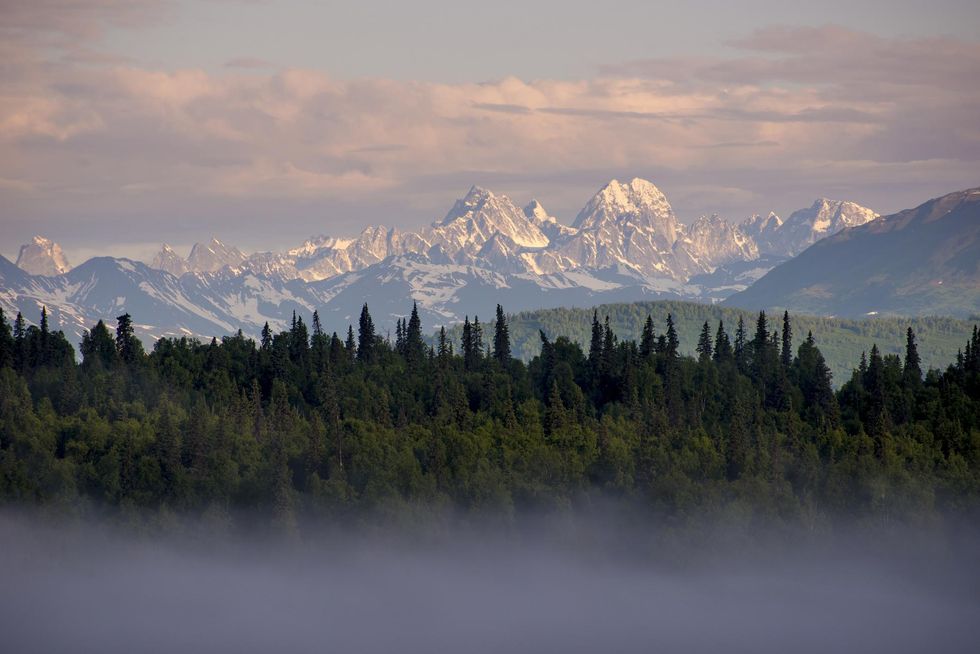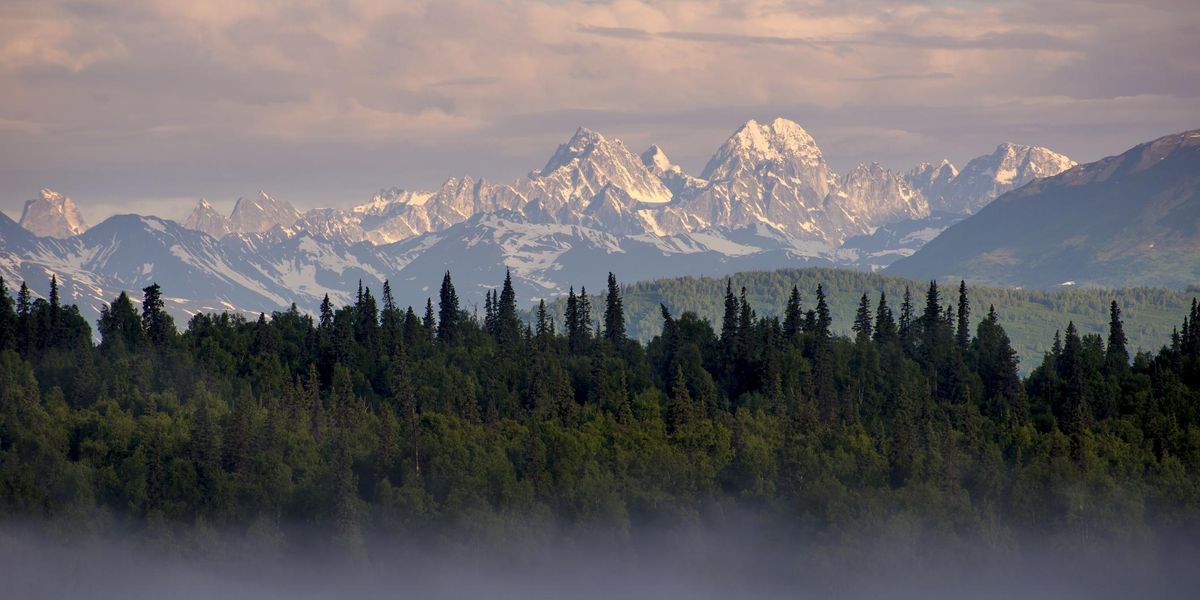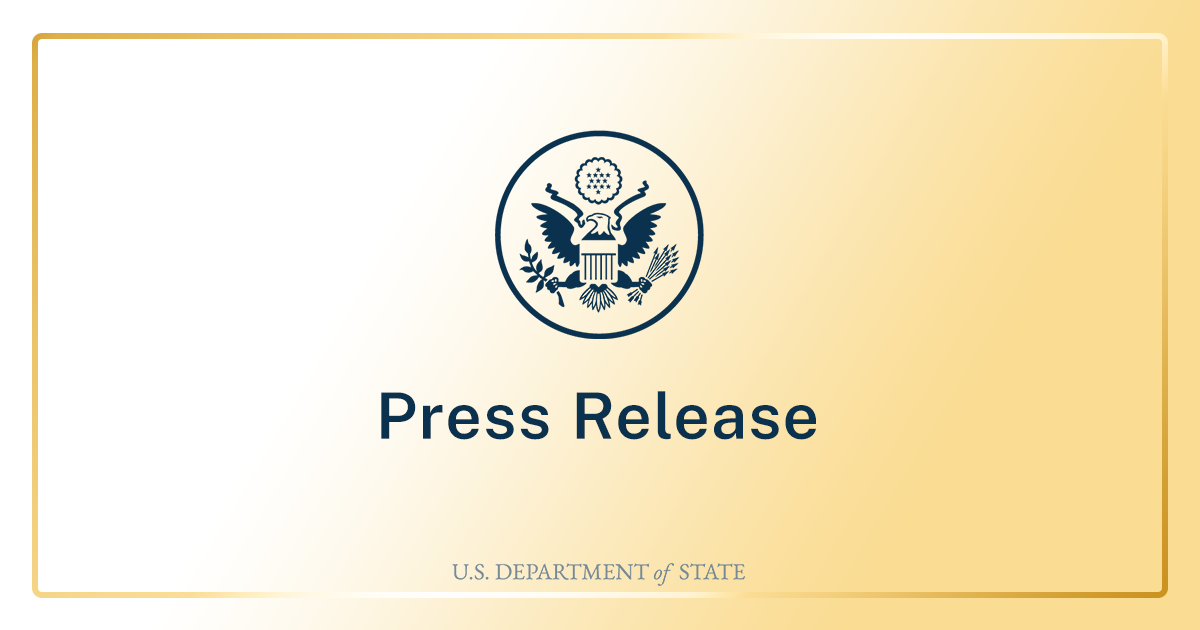
A significant percentage of our nation’s protected public lands are found within the boundaries of one state. On the first day of my Public Lands and Waters class, I ask my smart, upper division university students to guess which state contains approximately 60% of all National Park lands, over 90% of all National Wildlife Refuge Wilderness lands, and our country’s largest National Forest. Some students start guessing: “Utah?” “Colorado?” “California?”
“No,” I observe. “The answer is Alaska.”
These extensive, Congressionally safeguarded federal lands in Alaska have never been more important.
Now more than ever, we cannot retreat on the conservation and environmental justice battlefield.
Recently, to confront extreme biodiversity loss, over 190 countries came together and agreed to protect 30 percent of our earth’s lands and waters by 2030. Specifically, these nations committed to ensure that in the next seven years, at least 30 per cent of our planet, “especially areas of particular importance for biodiversity and ecosystem functions and services,” will be conserved and managed effectively.
Previously, in an Executive Order, President Joe Biden also set forth the goal of conserving “at least” 30 percent of our lands and waters by 2030, for biodiversity, climate change mitigation, and environmental justice reasons.
As the Congressionally designated manager of a majority of federal lands, the U.S. Department of Interior (DOI) has an especially crucial role in helping to achieve the 30 x 30 goal in our country. This includes not only adopting proactive initiatives, but also rejecting actions that “un-conserve” currently protected lands, especially if the lands at issue are of particular ecosystem significance. Now more than ever, we cannot retreat on the conservation and environmental justice battlefield.
One of the most remarkable and foresighted bi-partisan land conservation laws ever passed in the United States, or in any country, is the Alaska National Interest Lands Conservation Act (ANILCA). Protecting over 100 million acres of land for conservation and subsistence purposes, ANILCA serves as a model for the world in achieving the 30 x 30 goal.
In this remarkably foresighted law, Congress made clear its intent to preserve vast unaltered ecosystems in their natural state, together with protecting rural Alaska hunting and fishing subsistence opportunities. For a multitude of reasons, ANILCA has been a success story.
ANILCA is now under serious threat, and as a result, so is the achievement of our nation’s crucially important conservation and biodiversity goals. During the Trump Administration, without any public process or environmental law compliance whatsoever, two Department of Interior Secretaries entered into precedent-setting land exchange agreements, for the purposes of building a road through one of the most biologically significant areas in the nation: Izembek National Wildlife Refuge Wilderness. This Refuge is also critically important for Alaska Native subsistence , including for the 56 tribes that live in the Yukon-Kuskokwim Delta.
Each Trump Administration land exchange was declared illegal by different, distinguished Alaska District Court judges. In ANILCA, Congress was extremely explicit regarding the required, extensive process before a road can be authorized through Wilderness, including mandating approval by the President and Congress itself. As held by the Alaska District Court, failing to comply with Congress’s clearly expressed intent by using a land exchange ruse “violates Congress’s single comprehensive statutory authority,” “elevates form over substance,” and “is incorrect and not entitled to deference.” The case is on appeal.
The precedent-setting consequences of the Trump Administration Izembek land exchange extend far beyond one very significant National Wildlife Refuge Wilderness area. To justify engaging in this exchange, the Trump Administration asserted authoritarian-like powers that would allow future Secretaries—both at the Department of Interior and at the Department of Agriculture—to singlehandedly and without any public process, consultation with tribes or compliance with other environmental laws, engage in land exchanges against the national interest.
Under this precedent, Alaska Native rural subsistence values can be ignored, and tribal consultation avoided, by future Secretaries in making backroom land exchange deals.
Under this precedent, Secretaries could trade away any of the over 100 million acres of nationally protected lands in Alaska, if doing so would advance the “economic and social needs of the people of Alaska and its people,” as long as undefined lands to be acquired provide some undefined minimal benefits, even where those lands are clearly less ecologically valuable than the national lands to be relinquished.
Furthermore, under this precedent, Alaska Native rural subsistence values can be ignored, and tribal consultation avoided, by future Secretaries in making backroom land exchange deals.
What could this look like under a future Administration? As scientists have documented, old growth trees are especially important for carbon sequestration and biodiversity. A corporation or the State of Alaska could ask the Secretary of Agriculture to provide them with, say, 2,500 acres of prime, financially valuable old growth trees in the middle of the Tongass National Forest in exchange for some cut over non-federal lands adjacent to the Tongass, arguing that this would advance the economic and social needs of Alaska and its people. Once this exchange was signed, the corporation would also have the right to build a road through the Tongass to access and clearcut up to 800-year-old trees. This could happen repeatedly.
Corporations and the State of Alaska could similarly ask for: 500 acres around Denali National Park’s iconic Wonder Lake, or a pipeline corridor through Lake Clark National Park to fuel the Pebble Mine, or 1,000 acres in the Arctic National Wildlife Refuge Wilderness to develop a mine. They could simply claim that this land exchange advances the economic and social needs of the State of Alaska and its people, and provide some undefined land of minimal ecological value in return.
Is this farfetched? As someone who was often in the center of public lands issues while living and working in Alaska for decades, I can attest that the answer to this question is most decidedly “no.” Based on past efforts by the State and corporations, it is entirely predictable.
Everyone in our country has equal ownership of our national public lands. When Congress passed, and President Carter signed into law the Alaska NationalInterest Lands Conservation Act (emphasis added), it was abundantly clear that the protection of these public lands, and the rural Alaska subsistence use of these lands, were the purposes of the legislation. Misreading ANILCA now deprives all of us and future generations of this safeguarded 100 million-acre legacy critical for biodiversity, climate change mitigation, environmental justice, and the achievement of 30 x 30.
Fortunately, the solution is straight-forward. Secretary Deb Haaland needs to rescind the Trump Administration land exchange and eliminate its destructive precedent. It is entirely within her power to do so, while also pointing to the Congressionally authorized process alternative. For the nation and Alaska Native subsistence, it is time to take this action.




